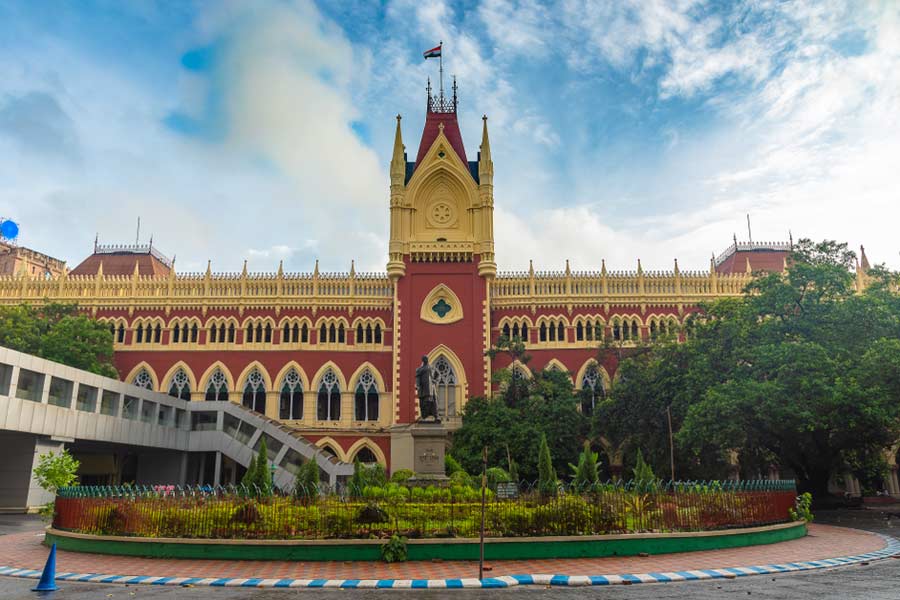Palestine has requested "on emergency basis" that the fourth-century Saint Hilarion Monastery at Tell Umm Amer in Gaza be declared a World Heritage Site by Unesco, emphasising the threat to such structures from the ongoing Israeli offensive.
The 46th World Heritage Committee meeting is scheduled to begin in New Delhi on Sunday.
In a statement, the Palestine embassy here said: "The State of Palestine seeks, by registering the site, to provide protection for heritage sites in Palestine that are being targeted and systematically destroyed by the Israeli occupation forces, specifically in its brutal war in the Gaza Strip, which affected all cultural buildings and archaeological sites, and to provide urgent and long-term measures to preserve the site, in addition to condemning deliberately targeting the site and the access road, and emphasizing the importance of preserving the main features of its Outstanding Universal Value from continuing threats of war, whether threats Natural or human, which contributes to preserving the cultural and historical diversity of the world."
Asked about the current condition of the site, Palestine chargé d'affaires Abed Elrazeg Abu Jazer told The Telegraph that the entire Gaza Strip was under bombardment and it was difficult to get accurate details.
However, a five-member delegation, including Palestine’s director-general of heritage Ahmed Rajoub, will share the latest available details when they arrive for the meeting on Sunday.
Several heritage sites have reportedly suffered damage or destruction in the Israeli offensive since October last year, among them the Great Omari Mosque, the Byzantine Church of Jabalia, the Shrine of Al-Khadir in Deir al Balah city in central Gaza, the Blakhiya Byzantine cemetery, the Greek Orthodox Saint Porphyrius Church, the 17th-century Al-Saqqa House, and the Sayed al-Hashim Mosque.
The World Heritage List (WHL) by Unesco contains natural and cultural heritage sites of “outstanding universal value”. It serves as a ready reckoner for tourists and makes the sites eligible for technical assistance and funding if they are in danger.
The Unesco note on Tell Umm Amer, which has been on the tentative list since 2012, says: “The first settlement in the site was established during the Roman era on Wadi Gaza close to the seashore. It appears on the Madaba map with the name of Tabatha, dated from the Byzantine to the early Islamic period (400-670 AD).
“The site contains the ruins of the monastery of Saint Hilarion (born in 291 AD), which consists of two churches, a burial site, a baptism hall, a public cemetery, an audience hall, and dining rooms. The monastery was provided with good infrastructure facilities, including water cisterns, clay-ovens and drainage channels. Its floors (were) partially paved with limestone, marble tiles and coloured mosaics, decorated with plants and animals scenes.
“A great fifth century mosaic was probably laid on the floor of a chapel. The floors include also a Greek inscription decorated with circular motifs. In addition, the monastery was equipped with baths, consisting of Frigedarium, Tepidarium and Caldarium halls.
“The wide space of these halls ensured that the baths could adequately serve the pilgrims and merchants crossing the Holy land from Egypt to the Fertile Crescent through the main route of Via Maris.”
India is chairing the upcoming World Heritage Committee meeting, which will examine 27 nominations including Assam’s Moidams, the mound-graves of the Ahom dynasty.











